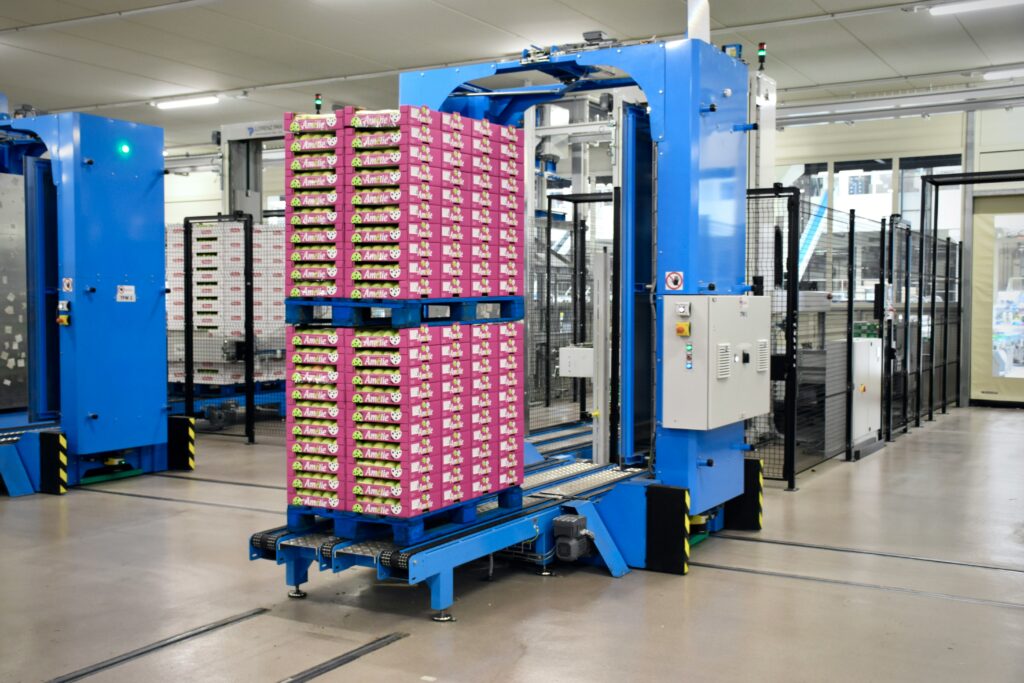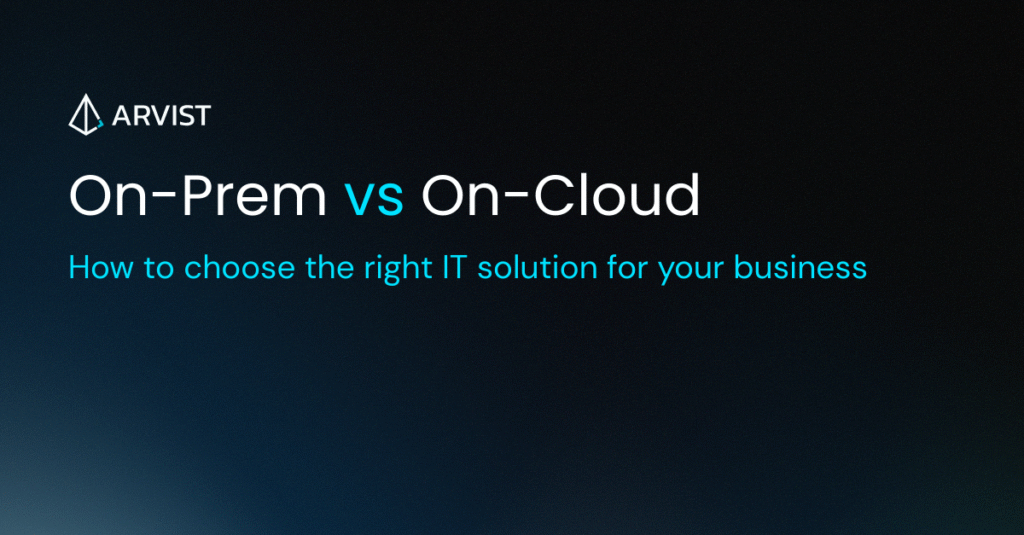Bridging Data Gaps in the Food Supply Chain with AI
It’s hard to understate the impact of artificial intelligence across the supply chain industry, and warehouse AI is no different.
If you don’t already see it, there’s a tremendous amount of potential for warehouses to leverage AI to optimize operations. Maybe the idea of AI is new to you or maybe you already get it and want to learn more about using it effectively as a warehouse manager.
Have objections to AI?
Take a moment to think about the intricacy and vastness of the food supply chain. In the United States alone, it feeds 124 million households.
This is a remarkable feat, made possible because the journey that food takes is (for the most part) streamlined, and all the pieces work together to ensure our families have food on the table. However, there’s always room for improvement, and that’s where food supply chain AI comes in.
While there are a few major points we could make on improving the food supply chain, we want to focus most of our attention on one – data gaps.
So, let’s talk about data gaps, how they affect the food supply chain, and how AI is the key to bridging these gaps now more than ever.
Understanding Key Food Supply Chain Data
Let’s look at the most important elements of data when it comes to the food supply chain. We use this data to keep track of products, but knowing the physical location is only one critical component.
In fact, this is what makes the food supply chain unique (and not unlike the medical supply chain, where there are similarly strict regulations). The four main elements are:
- The SSCC or Serial Shipping Container Code
- The SKU or Stock Keeping Unit
- The Lot Code
- Production Date and Expiration Date
The SSCC
The Serial Shipping Container Code is the unique identifier that standardizes tracking the product’s movement through the supply chain.
This might be a pallet of goods that will receive a designated unique barcode or RFID code that allows it to be easily tracked from shipment to storage to store, for example. The SSCC is important to help keep close track of the item as it moves and to allow for more efficient inventory management, planning, and distribution. We will discuss this more later when we discuss AI.
The SKU
The Stock Keeping Unit (SKU) provides detailed information about product characteristics. This includes things like the manufacturer, brand, packaging, and size. Since this coding system is standardized, it makes it easier to streamline the process and quickly identify important information about the product.
The Lot Code
Crucial for quality control and food safety purposes, manufacturers assign lot codes when they process products under the same conditions. This code makes it easy to trace products back to their source and is especially useful to isolate issues (and prevent recalls, if possible) if there’s been some defect or contamination.
Production Date and Expiration Date
The production and expiration dates are important for food safety and freshness. Naturally, these dates reflect when the manufacturer produced the product and when it expires (or its “best by” date).
Why Data Gaps Are a Problem
The above four key data components are crucial for tracking products throughout the supply chain, but the information itself isn’t enough. We must ensure the information is good and correct, diligently tracked, and standardized.
In other words, the systems in place make the data points useful. Gaps in the data might lead to you or a shipping partner shipping to the wrong storage facility. This is no small issue. If this happens, you must deal with it immediately and then create systems so that it doesn’t happen again.
Poorly optimized food supply chain systems could lead to food safety compromises, especially given the FDA’s recent 2024 updates to the Food Traceability Rule. These updates require stricter tracking and transparency of food products, making it even more crucial to address data gaps in the supply chain. AI can play a significant role in meeting these new regulatory requirements.
However, data gaps aren’t the only challenge when optimizing the supply chain.
Other Inventory Management Challenges
Managing the supply chain is more than just tracking products, right? Here are some additional inventory challenges.
Optimal inventory levels
Balancing inventory levels is crucial for streamlining the supply chain, as an excess or lack of inventory places everybody along the supply chain in a tricky position.
FIFO and FEFO
It’s also crucial to keep track of first in, first out (FIFO) or first expired, first out (FEFO) systems. In other words, products received (or produced) first are to be shipped first (FIFO). Or, you can also prioritize the expiration dates under FEFO and ship products that expire first. Either way, you need to create a system that is streamlined and standardized across your operation.
Lack of Comprehensive Real-Time Data
With robust data capture capabilities and systems, it’s easier to trace products back to the source, keep track of products efficiently, or manage recalls in the case of a product issue. Without systems to capture comprehensive data, you will always be somewhat in the dark.
But don’t worry – you can optimize all of these data points and systems with the right artificial intelligence (AI) and some planning.
Bridging the Gap With Food Supply Chain AI
With AI in place to capture a comprehensive amount of data, you can learn in real time and analyze new information you wouldn’t otherwise have. Here are some ways AI could help optimize all of the points above. For instance, AI can enhance tracking and tracing as products travel through the supply chain, reducing the number of manual processes required and the risk of human error.
The SSCC
You can use AI to enhance tracking and tracing as products travel through the supply chain. This would reduce the number of manual processes required and the risk of human error.
Likewise, by analyzing SSCC data alongside other factors, AI can use predictive analytics to help you make more informed future decisions.
The SKU
You can analyze SKU data with AI to adjust pricing based on real-time market conditions, demand elasticity, competitor pricing, inventory levels, etc. By forecasting future demand through AI, you can potentially optimize your pricing and inventory strategies to increase revenue and profitability.
Lot Codes
Again, lot codes are essential for tracing the source back to similarly processed or produced products. You can use AI to analyze and flag potential issues or anomalies on the production side to prevent defective products from being shipped and entering the supply chain.
AI will be useful in achieving compliance with the FDA’s increasingly strict food safety regulations.
Production and Expiration Dates
One common problem with dates is finding a standardized format. Thankfully, AI can facilitate the standardization of date formats to ensure nothing slips through the cracks and is mistaken for MM-DD rather than DD-MM.
Optimal inventory levels
Balancing inventory levels is crucial for streamlining the supply chain, as an excess or lack of inventory places everybody along the supply chain in a tricky position. While this can usually be fixed with proper planning, this has to be done carefully.
FIFO and FEFO
Leaving your system (whether FIFO or FEFO) to manual processes can be risky. Implementing AI to determine what products need to be prioritized quickly reduces potential errors and keeps your operation streamlined.
Interested in Using AI? We Can Help
Addressing data gaps in the food supply chain is crucial, especially in light of increasingly stricter food safety regulations. There’s never been a better time to implement AI and learn about its benefits in the food supply chain. If you’re interested in leveraging AI in your food supply chain operation, reach out to us today.
Here at Arvist AI, we’ve created an easy-to-implement AI system that drastically improves tracking and visibility for optimal operation. More importantly, we leverage your existing infrastructure, making the systems quick to deploy, more affordable, and tailored to you.





